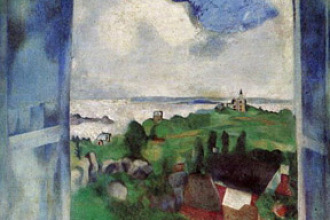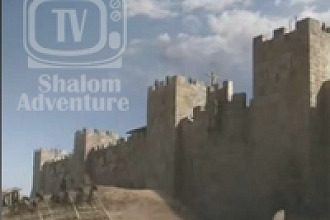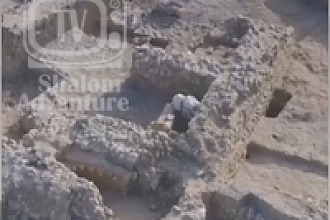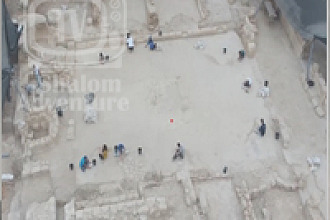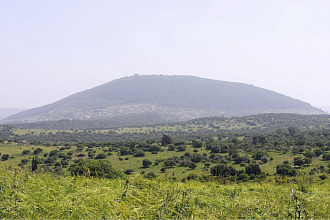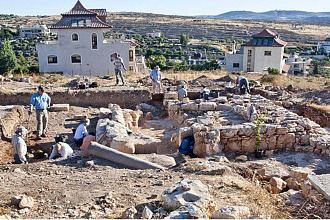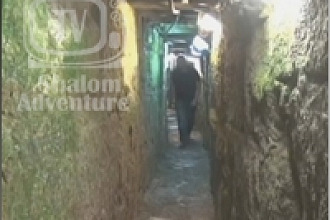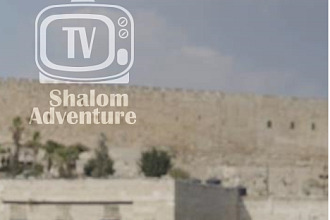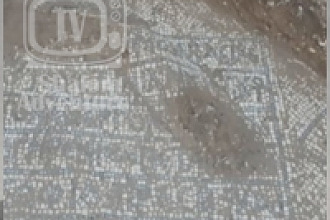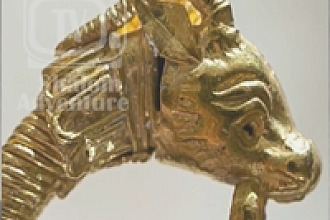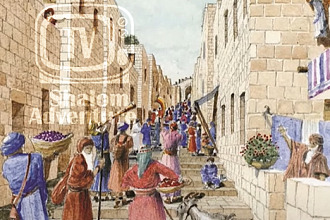Two noteworthy archaelogists have been extensively studying a Khirbet Qeiyafa (translating to the English as “two gates”), a hilltop site about 20 miles southwest of Jerusalem overlooking the Elah Valley high in the Judean hills where the Biblical battle between David and Goliath is believed to have taken place.
A ceramic jar dating back 3,000 years has been recovered and the pieces glued back together, revealing the rare inscription, “Eshba'al Ben Bada,” which references Biblical characters and rulers that would have coincided with the reign of King David in the 10th century BC. Other recovered pottery contained incriptions scrawled in ancient Cannanite languages.
"This name was not used later in the First Temple period," Hebrew University of Jerusalem Professor Yossi Garfinkel and Israel Antiquties Authority archaeologist Sa’ar Ganor co-stated. "The correlation between the biblical tradition and the archaeological finds indicates this was a common name only during that period. The name Bada is unique and does not occur in ancient inscriptions or in the biblical tradition.”
A 10,000 square foot palace believed to belong to King David himself emerged during the final phases of the excavation project, though other scholars remain skeptical that Khirbet Qeiyafa, believed to correlate to the ancient city of Sha'arayim, is indeed the site of the King David’s reign. Yet Garfinkel and Ganor remain convinced based on their findings so far.
"There is no question that the ruler of the city sat here, and when King David came to visit the hills he slept here,” Garfinkel stated. “...Around the palace's perimeter were rooms in which various installations were found - evidence of a metal industry, special pottery vessels, and fragments of alabaster vessels that were imported from Egypt. Hundreds of large store jars were found at the site whose handles were stamped with an official seal, as was customary in the Kingdom of Judah for centuries."
The two archaelogists believe the walled city was destroyed by the Philistines around the year 980 BC, and that a Byzantine era fortified farmhouse was built on top of the site of the destroyed palace nearly a millenium and a half later.
Written by Erin Parfet







